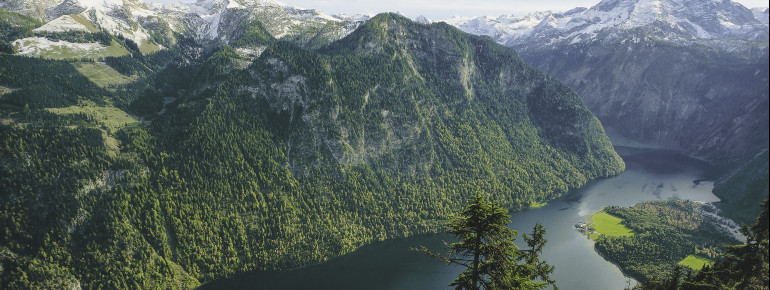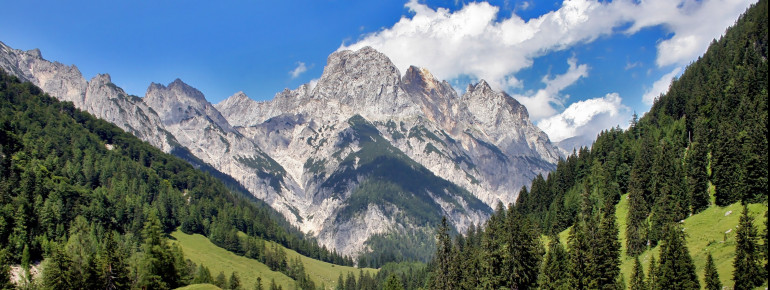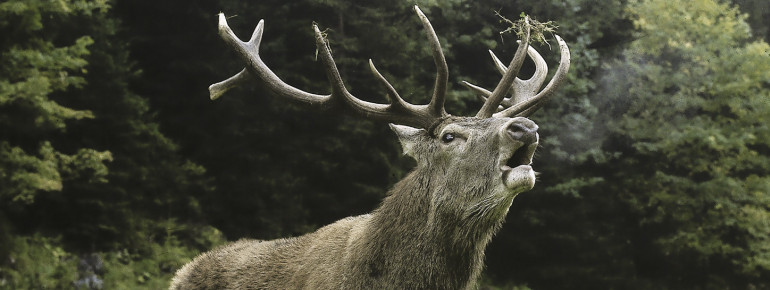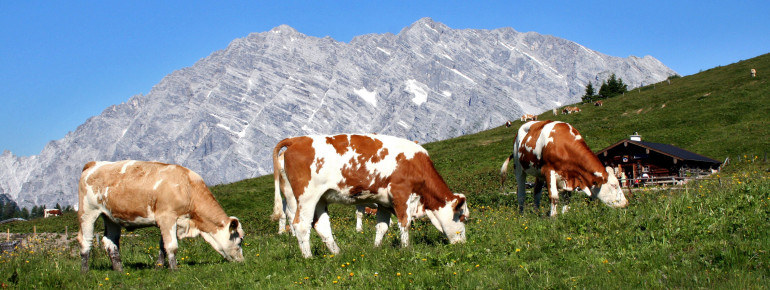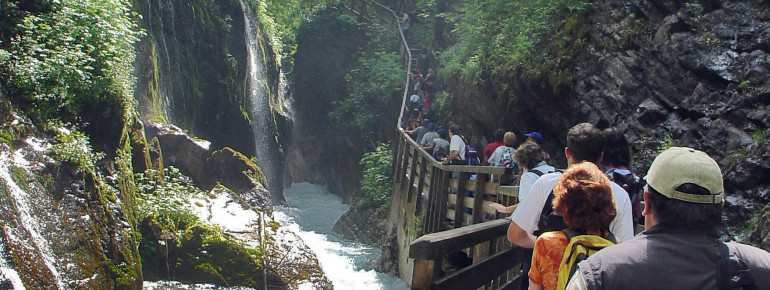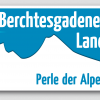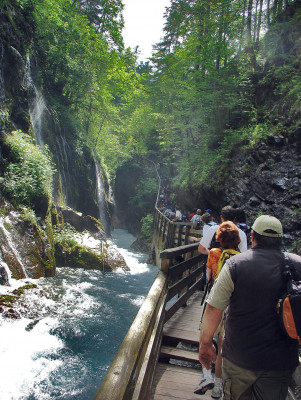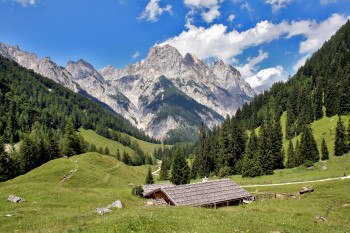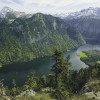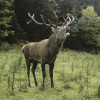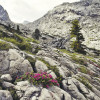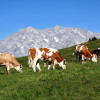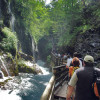Contents
Description
High mountains, deep valleys, and crystal clear mountain rivers are what characterises the reserve Berchtesgaden National Park right at the German-Austrian border. The only Alpine national park in Germany offers a diverse programme that helps to convey the idea of national parks, understand nature with all senses, and promote environmentally conscious behaviour and sustainable lifestyles.
Recreation
Around 1.5 million people visit Berchtesgaden National Park every year. Through 260km/162mi of hiking trails, visitors find plenty of recreational opportunities around mountain Watzmann. From accessible and easy trains to intermediate and difficult tracks - there is something for everyone. Signposts inform you about the difficulty levels. If you don't want to hike by yourself, numerous offers for guided and themed tours are also available. In the summer, mountain huts offer food and accommodation, and numerous alps sell fresh products.
Nature Protection and Research
The national park's main goal is to leave nature to itself, and refrain from human intervention entirely inside the core zone. Thanks to that, forests can age, collaps, and reform; and other natural events can also take their course. At the care zone, on the other hand, traditional use such as Alpine agriculture or shipping and fishing at Lake Königssee remain. The planting of beeches and firs is supposed to promote the development of spruce forests to natural mixed mountain forests.
Research is constantly carried out at Berchtesgaden National Park, in order to better understand natural events. How does the climate disaster affect Alpine ecosystems? What is the golden eagle's prey? How do spruce populations regenerate after a bark beetle infestation? These questions and more are asked. The results are used to try and help protect the species, habitats, and natural processes. Visitors can also conduct their own research and work at the House of Mountains education centre.
Historical Information
Berchtesgaden National Park was decreed by the Free State of Bavaria on 1st August 1978. Critisised at first, the national park succeeded to gain more acceptance from the local people over time. Today, nature protection is the main focus of the reserve. Furthermore, educational work is supposed to teach visitors a careful dealing with nature.
How to get there
From Munich, you follow motorway A8 to the intersection Knoten Salzburg, where you change onto A10. Leave the road at exit 8, and follow B160 and B305 to the national park area. Road B20 takes you to Königssee.
If you're coming from the southern Austrian direction, follow motorway A10 to exit 16-Hallein. Then, follow B159 and turn right onto Dürrnberg-Landesstr./Dürrnberg Str. Turn right onto Zillstraße and follow Scheffauer Straße to B305, which takes you to Berchtesgaden National Park.

